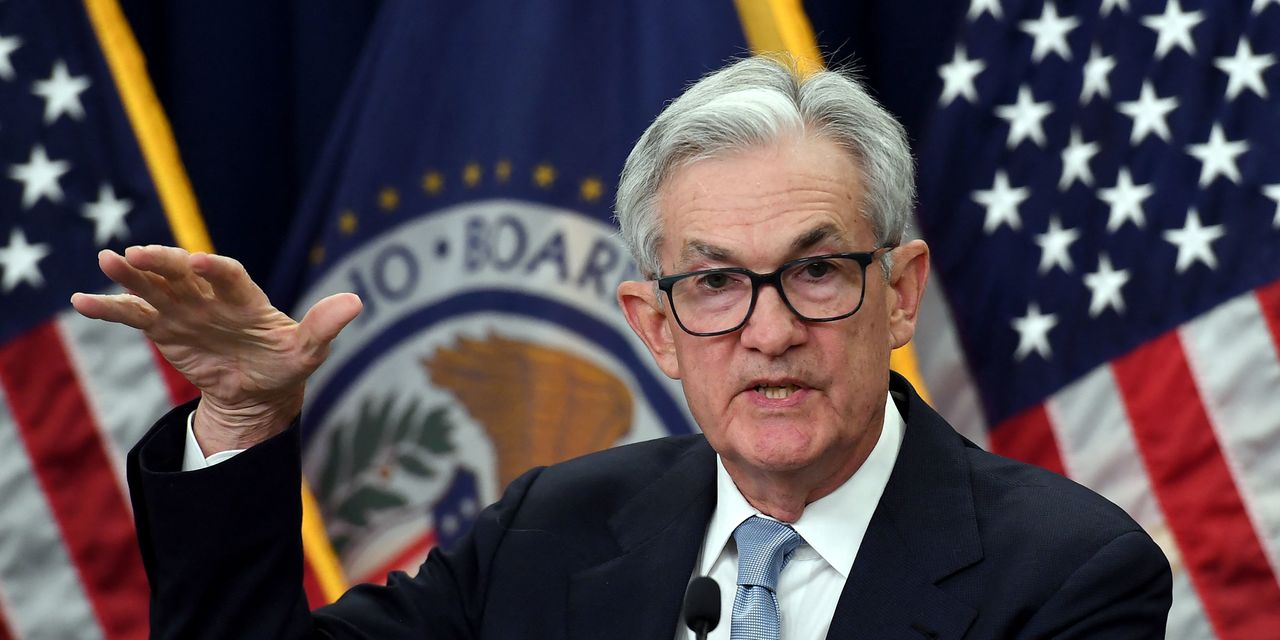Federal Reserve Chair Jerome Powell this week lent some credence to predictions that banks will start tightening credit standards.
On Wednesday, Powell called the country’s banking sector “sound and resilient.”
But he added a cautionary note: “Events in the banking system over the past two weeks are likely to result in tighter credit conditions for households and businesses.”
For households, Powell is referring to credit cards and other consumer loans including mortgages and car loans, said Michael Taiano, senior director, North American Banks at Fitch Ratings. He said the first line of defense for banks will be to issue fewer new credit cards.
The Fed raised its benchmark interest rate by another 25 basis points on Wednesday as it fights against price inflation. (One basis point is equal to one one-hundredth of a percentage point.)
“‘Events in the banking system over the past two weeks are likely to result in tighter credit conditions for households and businesses.’”
Earlier this month, Silicon Valley Bank and Signature Bank both failed, and an array of regional banks
KBWR,
were reeling from falling share prices and deposit outflows.
Several credit-card industry watchers have predicted that card issuers will become more frugal about offering consumers deals.
Reducing credit-card limits and ending long inactive card accounts are likely to be the first line of defense for banks eager to tighten lending standards, Taiano said in an emailed statement.
On average, people only use approximately 20% of their card’s credit line, so cardholders will still be able to spend without noticing a change in credit conditions, Taiano .
“Cutting lines is possible if the economic backdrop worsens dramatically,” he said, but he said this is more likely to be a last line of defense to protect against defaults.
Even before the current banking crisis, a Fed survey of loan officers showed they were already tightening the purse strings on consumer credit.
Besides shorter credit lines, observers told MarketWatch that banks could have higher credit-score thresholds for the lowest annual percentage rate, higher fees and shorter lengths before the APR is applied to 0% balance transfer cards.
“Even before the banking crisis, a Fed survey of loan officers showed they were already tightening the purse strings on consumer credit.”
Credit-card rates are closely tied to the Fed’s benchmark rate. The average APR on a new card offer is currently 20.04%, up from 16.34% last March, according to Bankrate.com data.
As cardholder rates have increased, so has their debt. Americans amassed $968 billion in credit-card debt during through the end of 2022, surpassing the pre-pandemic high of $927 billion, according to New York Fed data.
Tighter credit access for people and businesses are going to have economic consequences, Powell also said during Wednesday’s press conference. Lenders increasing borrowing costs might sap the need for a series of rate hikes, he noted.
It’s too soon to say how tight lending standards will become and what the economic effects will be, he added. (The Fed has signaled at least one more rate hike this year.)
In the meantime, people need to stay focused on minimizing their own debts, said Michele Raneri, vice president and head of U.S. research and consulting at TransUnion
TRU,
one of the three major credit-reporting agencies.
“In this high interest-rate environment, consumers are advised to continue paying down as much higher-interest debt as they can, continue paying bills on time, and work to keep their personal financial and credit profiles as strong as they can be,” she said.
The average credit-card debt carried month to month was $5,805 at the end of last year, up from $5,127 year over year, according to TransUnion data.
Read the full article here








